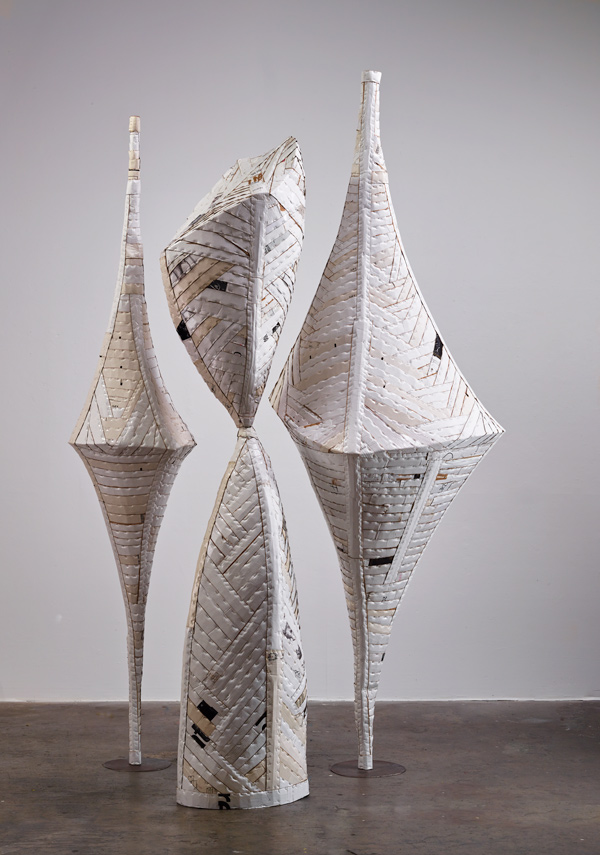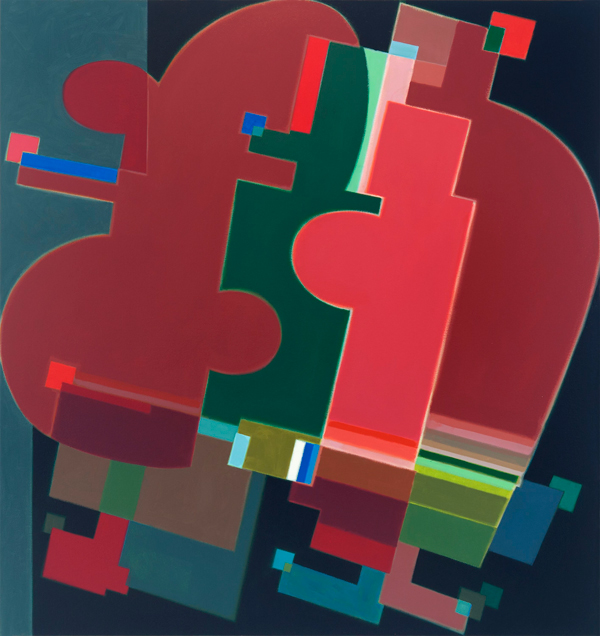Most customers at Trader Joe’s have food on their minds. Not Ann Weber. While others grab favorite items off the shelves, the intrepid artist heads for the dumpsters. Perpetually on the lookout for cardboard boxes to transform into sculpture, she has an eye for...

Cardboard Abstractions
read more


